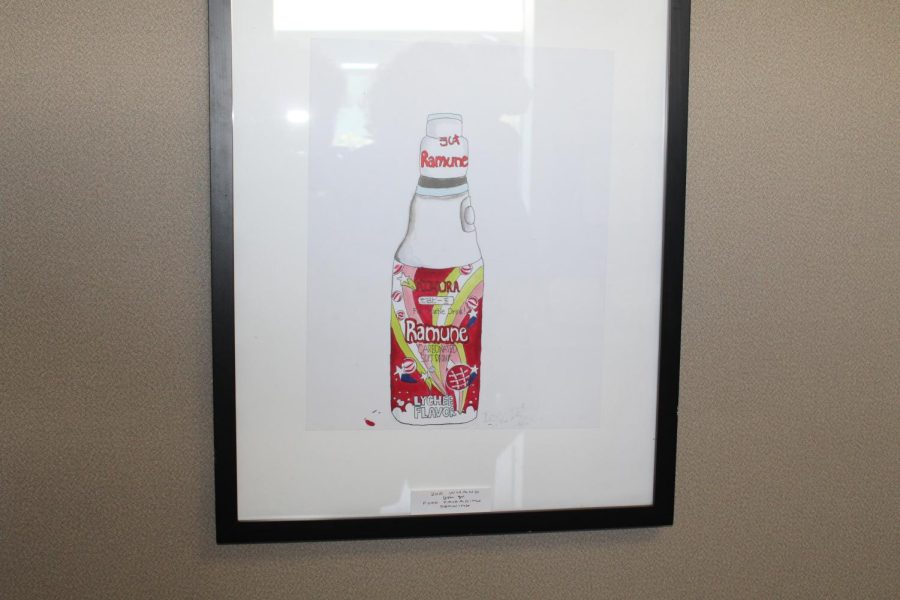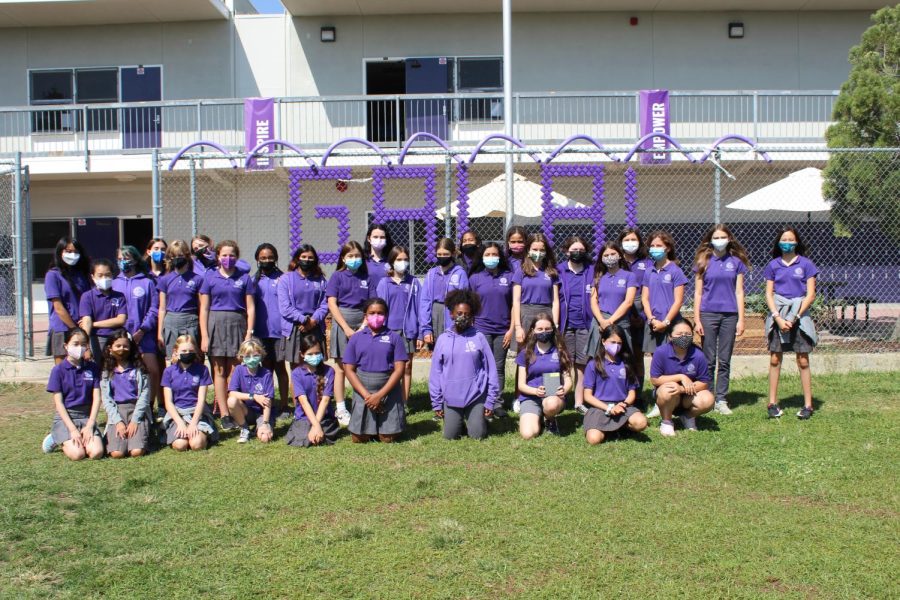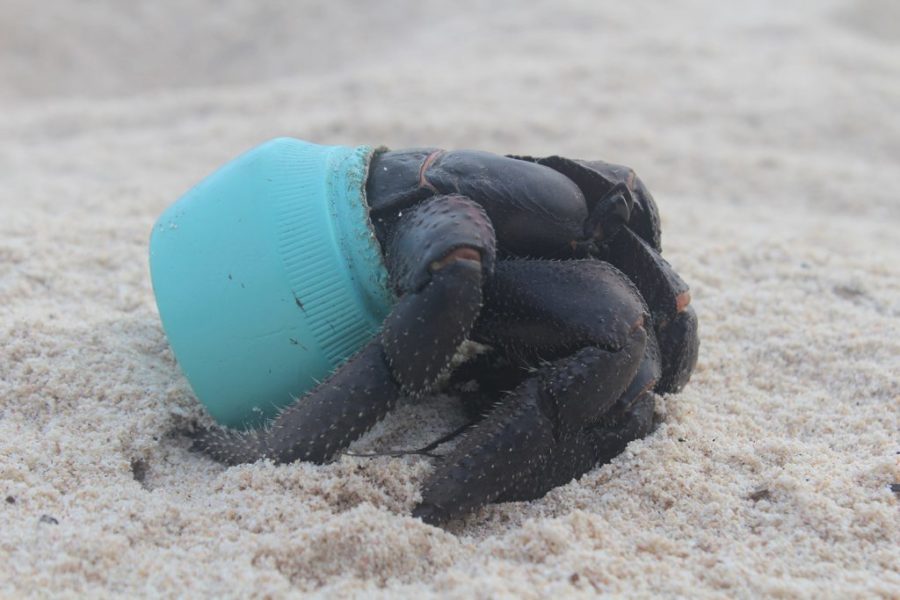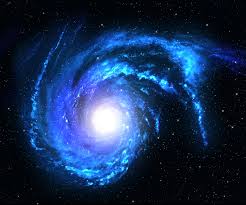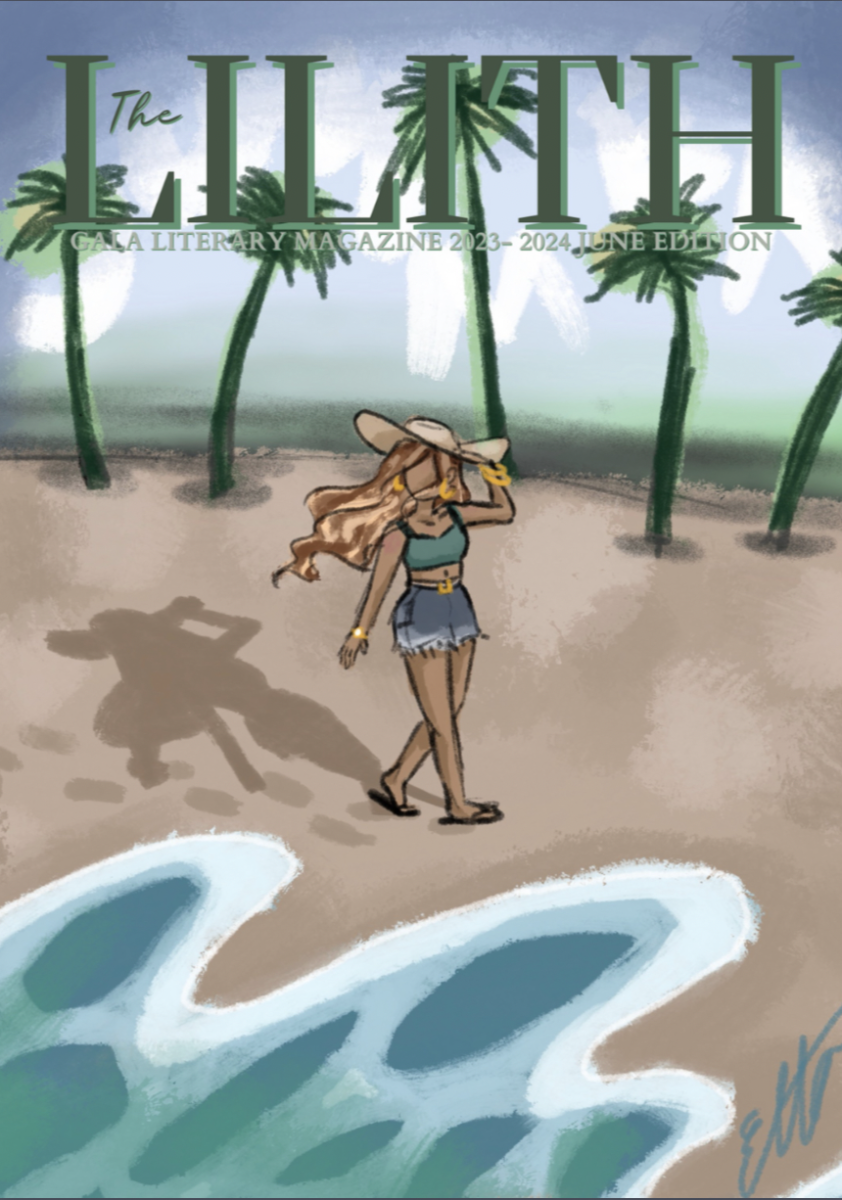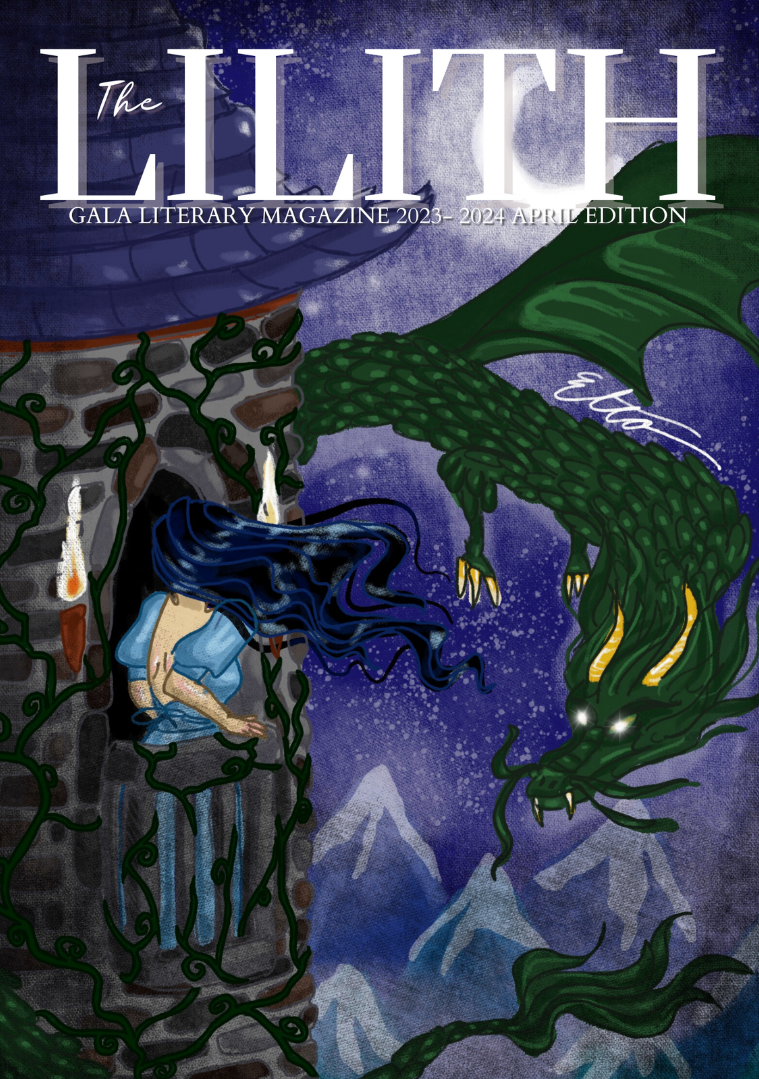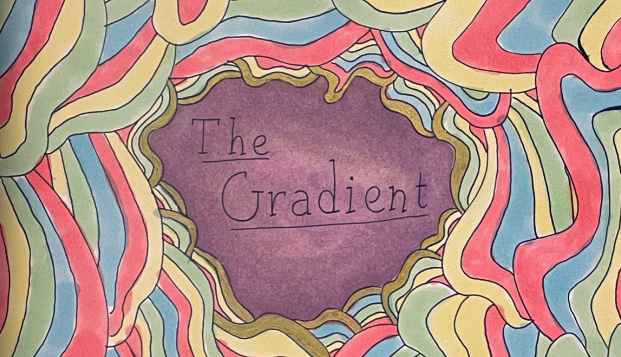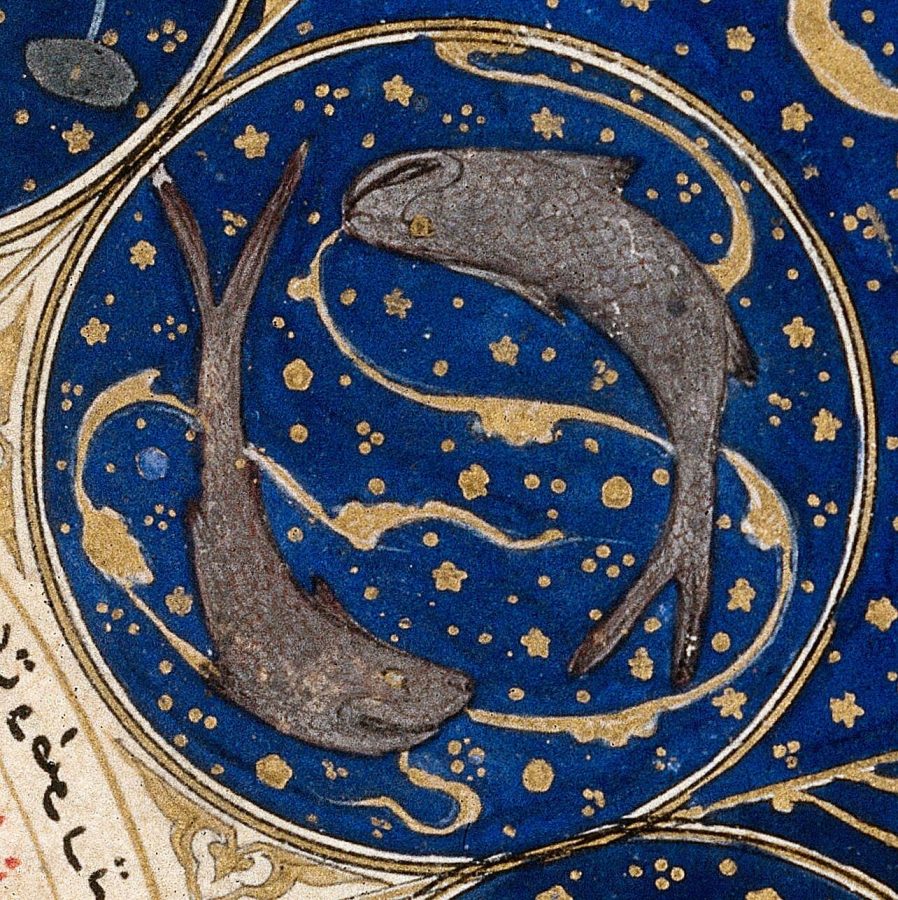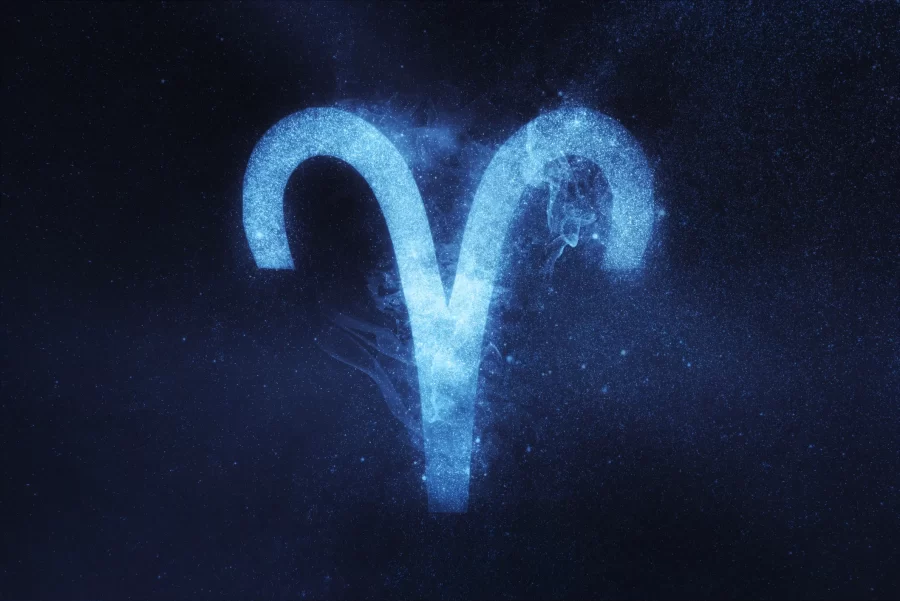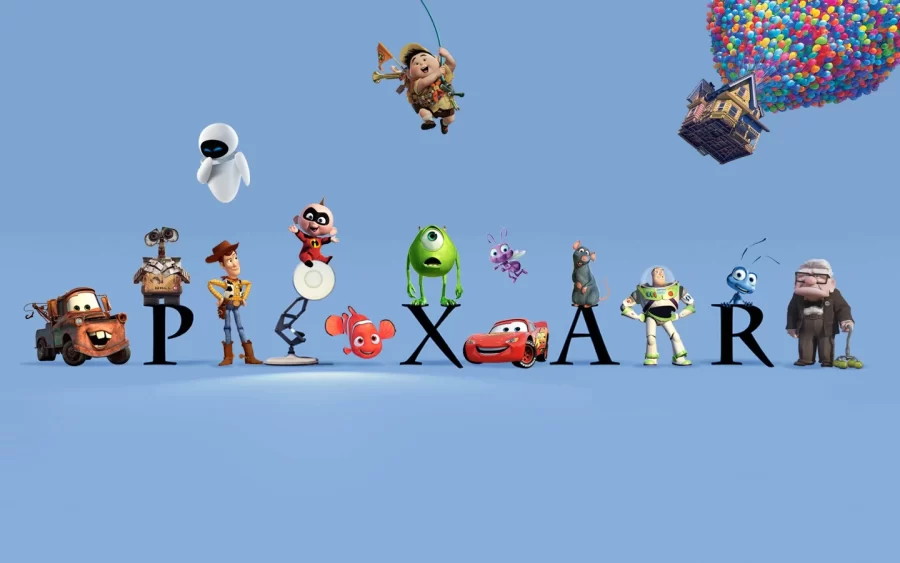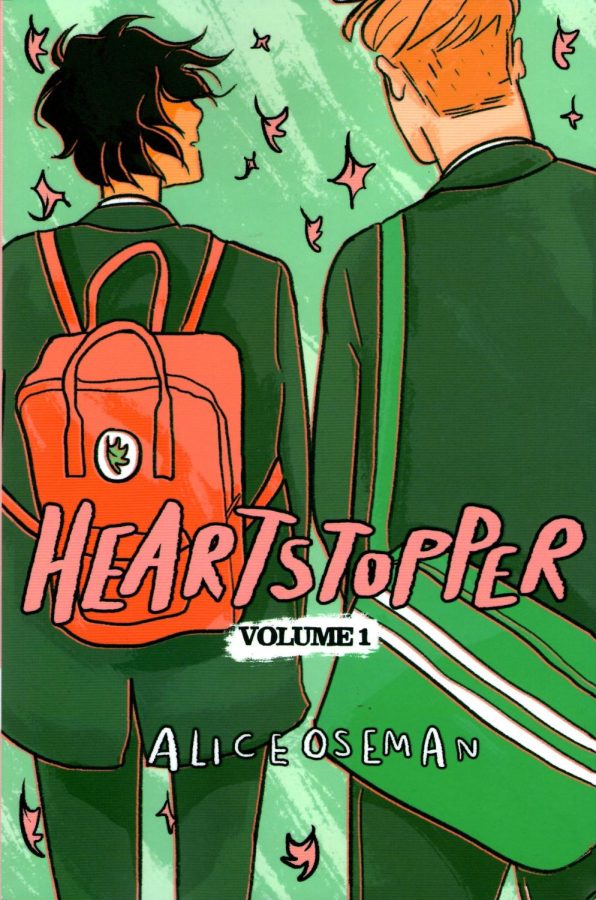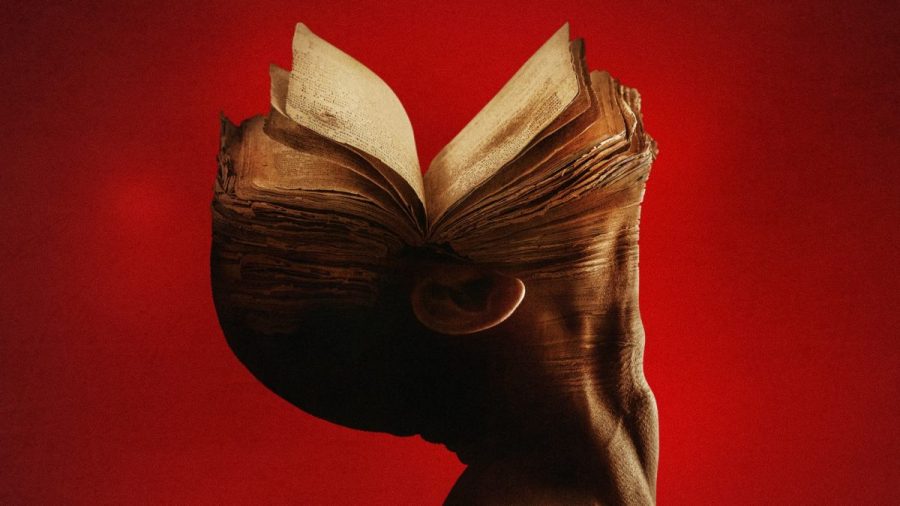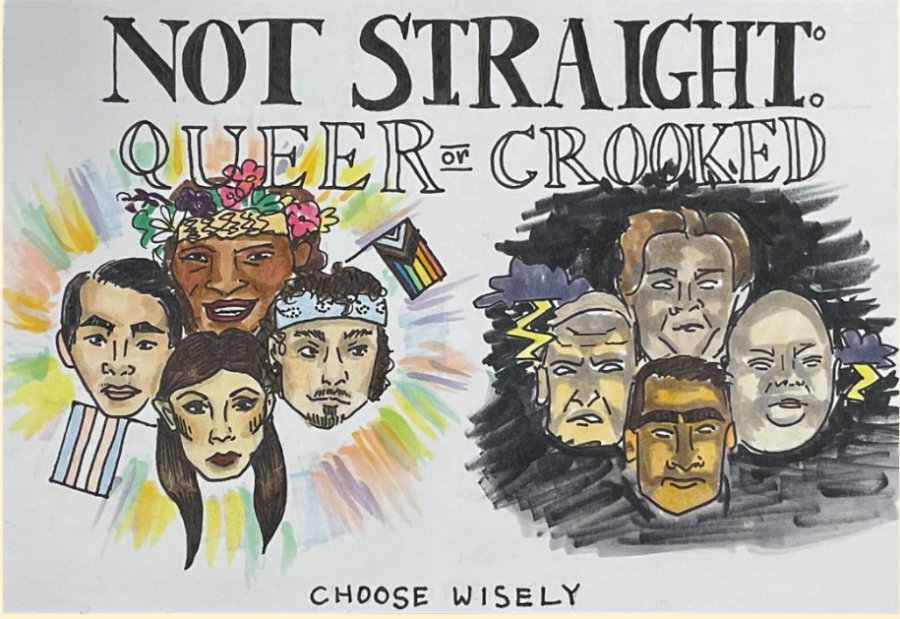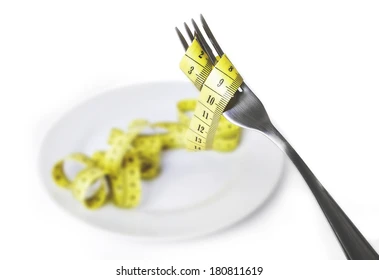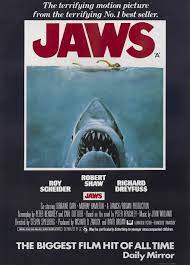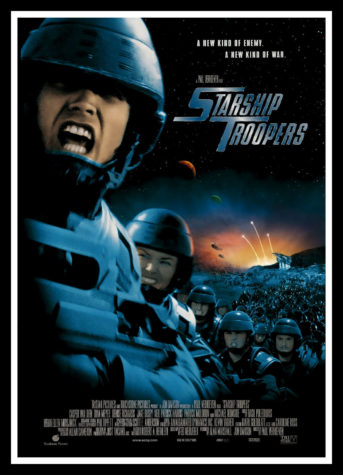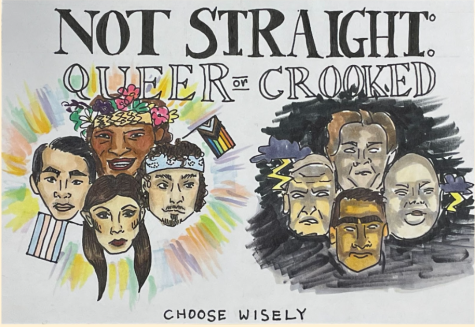Opinion | The Misrepresentation of Sharks in the Media
When people hear the phrase ‘shark movies,’ they think of the 1975 film Jaws. While Jaws is a classic piece of cinema, it did not present sharks in a flattering light. The basic premise of Jaws is that a great white shark acquires a taste for human flesh and starts to eat tourists who are enjoying their time on the beach. A team of scientists and fishermen is tasked with catching the shark so that the town doesn’t lose all of its revenue. With that summary out of the way, let’s take a deep dive into what Jaws got right and wrong about sharks.
What did Jaws do Right?
The four main things Jaws got right about sharks were the first two shark attacks, the scene with the tiger shark, and the scene where they bait the shark (known as Bruce by the crew).
Shark attacks usually occur near dusk/dawn and in murky water. This is because murky water makes sharks think that there is dying prey nearby, and sharks are more active at dusk/dawn. The first shark attack in Jaws happens at dawn. Due to this setting, Bruce would be enticed to see Crissie (the girl who is attacked) as prey. He does this by giving a ‘test bite’ (this is when a shark will gently bite something to test if it is food before eating it). When Bruce realizes that Crissie is food, he eats her.
The second shark attack happens in murky, shallow waters. This is also a likely setting for a shark attack because Bruce mistakes the murky water as a sign of dying prey. This illusion is aided by the fact that the kid who is attacked is lounging on a flotation device that makes him look like a seal from below. In this attack, Bruce does not do a ‘test bite,’ and instead eats the kid very quickly.
In the tiger shark scene, a group of fishermen catches a tiger shark, which they assume has been causing all of the attacks. This was actually a real tiger shark corpse imported from Florida. On top of the crew using an actual shark, they also used the jaw size of the shark and teeth of the shark to determine that a tiger shark was not the killer. Scientists today still use this method to determine what type of shark bit someone or something.
The final main scene Jaws got right was the scene where Martin Brody (the protagonist and shark scientist) is throwing chum for Bruce into the water. Chum consists of bloody fish parts that are thrown into the water. This attracts sharks and is used by scientists today.
Where did Jaws Go Wrong?
There were a handful of things Jaws got wrong, but I’m going to focus on the three that annoyed me the most.
The logic behind the shark attacks in Jaws is based on a theory from the 50s. This theory is known as the “rogue shark” theory and was popularized by the Australian surgeon Dr. Victor Coppleson. The main idea of the theory is that when a lot of shark attacks occur in one area, it is not caused by multiple sharks, but by one shark. This theory has been disproven many times and has no real evidence behind it. It is one of the main reasons people think sharks want to eat humans, even though they do not crave human flesh.
The other main issue with sharks in Jaws is that it is physically improbable for a male great white shark to be the size of Bruce. In the movie, Bruce is a 25-foot, 3-ton male great white shark. Most male great white sharks are 11-13 feet long and are 1151-1700 pounds. This is a huge exaggeration of a male great white shark’s size. Even female great white sharks, which are larger than male great white sharks, average only about 15-16 feet. The largest great white shark ever recorded was a 20 foot long female at 2400 pounds. Also, the argument that Bruce could be a female great white shark holds no water. The prop was based on the anatomy of a male great white shark. This is most notable in the addition of claspers, which can be seen in the cage diving encounter with Bruce.
One other strange biological mystery with Bruce is the force of him shoving the cage in the diving scene. In this scene, Bruce rams into the cage that Martin Brody is in and breaks the bars. Most anti-shark cages are made of galvanized mild steel and it would take a megalodon-sized shark to break the bars.
Overall, Jaws is an incredible film and I highly recommend that you watch it. I still enjoy this film when I see it but there are some scenes that bug me to no end. I hope watching this film with this knowledge helps absolve the negative stereotypes surrounding sharks. When this movie came out, it caused a major wave of galeophobia (fear of sharks), which was not its intended effect. When it comes down to it, Jaws is a well-crafted horror film that is still recognized today.

Alia B. is a sophomore at Girls Academic Leadership Academy. It is her first year in the journalism elective and she is currently the Jr. Copy Editor for...






